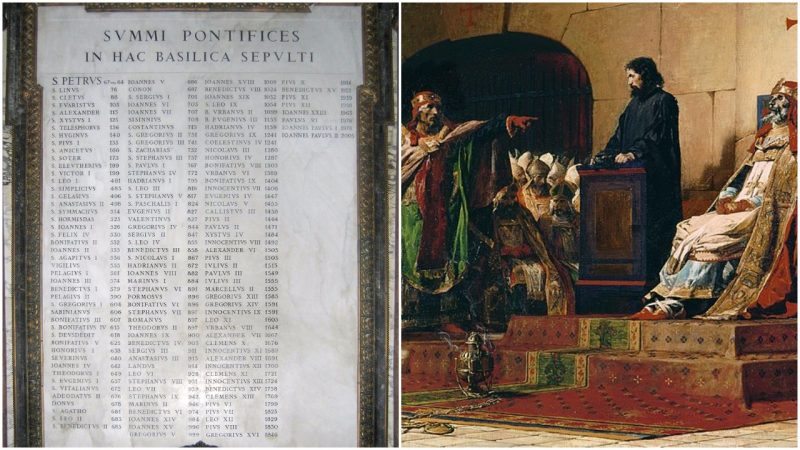The pope is the Bishop of Rome and the central figure of the Roman Catholic Church. The papacy is one of the oldest institutions in the world, and its influence has been prominent since its emergence.
The current pope, Pope Francis, is the 266th pope and sovereign of the Vatican City. Many of the 266 popes will be remembered for doing good things for their flock, but some of them will always be known as rather sinister historical figures that did some cruel and unusual things.
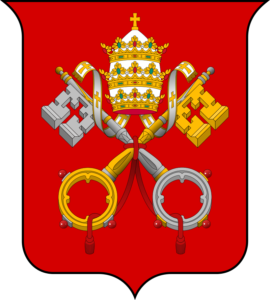
Most of these controversial popes appeared in the seventh, eighth, and ninth century, when the Holy Roman Empire was still young and trembling with numerous wars and internal mutinies. At that time, no form of separation of church and state was even remotely active, so the popes were involved in the imperial policies. Sometimes they even appointed bishops as noblemen within the empire.
One of the most notorious popes was Pope Stephen VI, whose papacy began in 896 and ended in 897. He is known for the so-called “Cadaver Synod,” one of the weirdest and most cruel events in papal history. Pope Stephen VI hated his predecessor Pope Formosus, and accused him of heresy and collecting the proceedings from Rome’s many brothels.
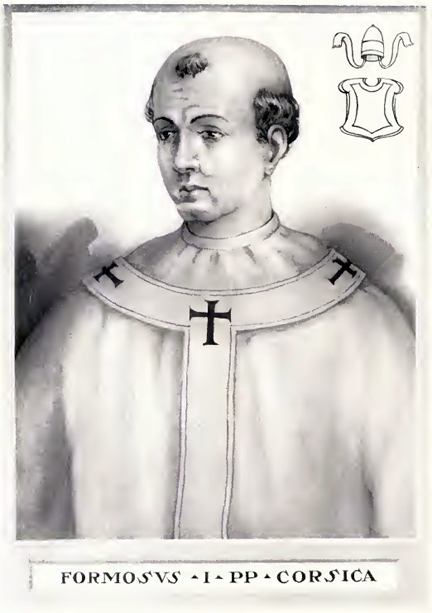
Formosus was dead when the papacy of Pope Stephen VI began, but Pope Stephen wanted to make an example of Formosus and decided to organize a posthumous trial. Formosus’ rotting corpse was exhumed, redressed in his ceremonial robes, and sat upon the papal throne so he could be tried. A deacon was chosen to represent Formosus, since the dead Formosus was unable to defend himself, and the deacon chose to remain silent during the proceedings.
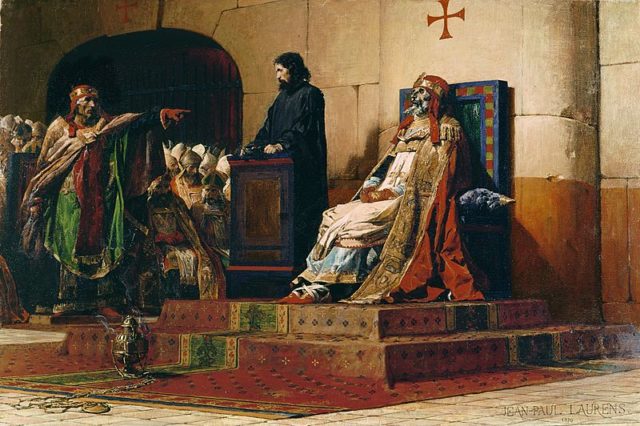
As expected, at the end of the trial Formosus was found guilty and his papacy was retroactively declared null. Three fingers were cut off the right hand of the corpse as a punishment; the three fingers of the right hand are used by the pope to give blessings. Furthermore, the corpse was then publicly stripped of his sacred robes and jewelry and dressed in plain cloth.
Finally, the corpse was dragged through the streets of Rome and publicly ridiculed and desecrated by spectators. In the end, Formosus’ badly damaged corpse was thrown into the Tiber River where it was almost immediately torn to pieces by the current.
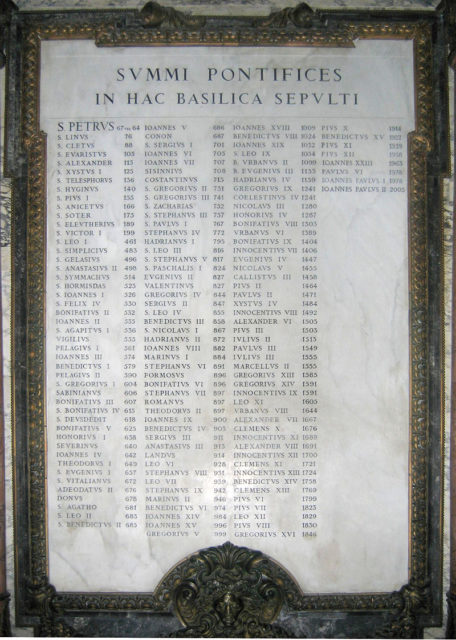
Although the Cadaver Synod served as Pope Stephen’s brutal display of authority, the spectacle turned the public against the pope. There were rumors that Formosus’ body washed up on the banks of the Tiber and started performing miracles.
Here is another story from us: The legend of Saint Ursula and her 11,000 virgin followers
In the wake of the Cadaver Synod, Pope Stephen was imprisoned by mutineers and strangled while in prison.
